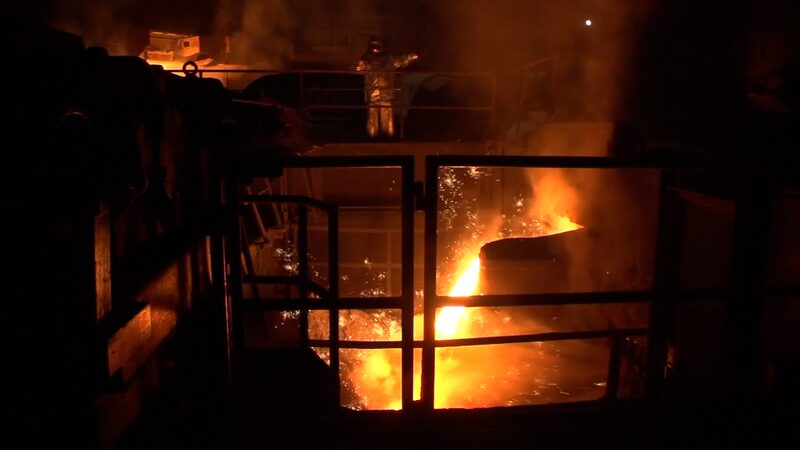The recent decision by the U.S. administration to impose a 25-percent tariff on steel and aluminum imports is set to have significant repercussions for American consumers, particularly in the housing market.
Industry experts and global investment banks have indicated that these tariffs will likely lead to higher prices for a range of goods dependent on international trade, from building supplies to household appliances. The construction and housing sectors are expected to bear the brunt of these increased costs.
During the previous trade war in 2018, Whirlpool, a major American home appliance manufacturer, reported an unexpected cost surge of $350 million due to rising steel prices. This trend is expected to continue and potentially worsen under the new tariff regime.
The National Association of Home Builders (NAHB) has voiced concerns that the tariffs contradict the administration's stated goal of making housing more affordable. The NAHB warns that higher costs for construction materials will hinder development and reconstruction efforts, ultimately passing the financial burden onto American homebuyers through elevated housing prices.
David Belman, a home builder from Wisconsin, estimated that the tariffs could increase the cost of building a typical home by as much as $29,000. A significant portion of this increase, up to $14,000, is attributed to tariffs on Canadian lumber, with 80 percent of his lumber supplies coming from Canada, the largest foreign supplier to the United States.
The U.S. is already grappling with higher duties on shipments that began last summer, and the introduction of more complex \"reciprocal tariffs\" could exacerbate the situation, further driving up costs for both builders and consumers.
Reference(s):
Who pays for tariffs? U.S. homebuyers likely to face higher prices
cgtn.com








